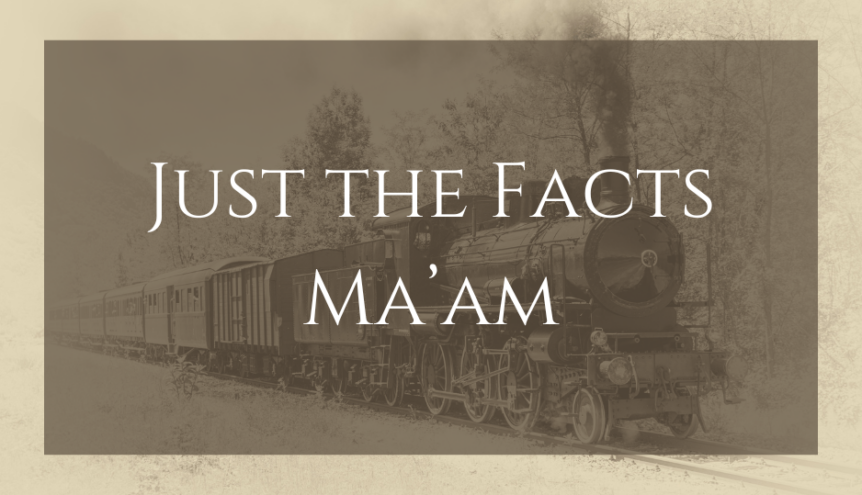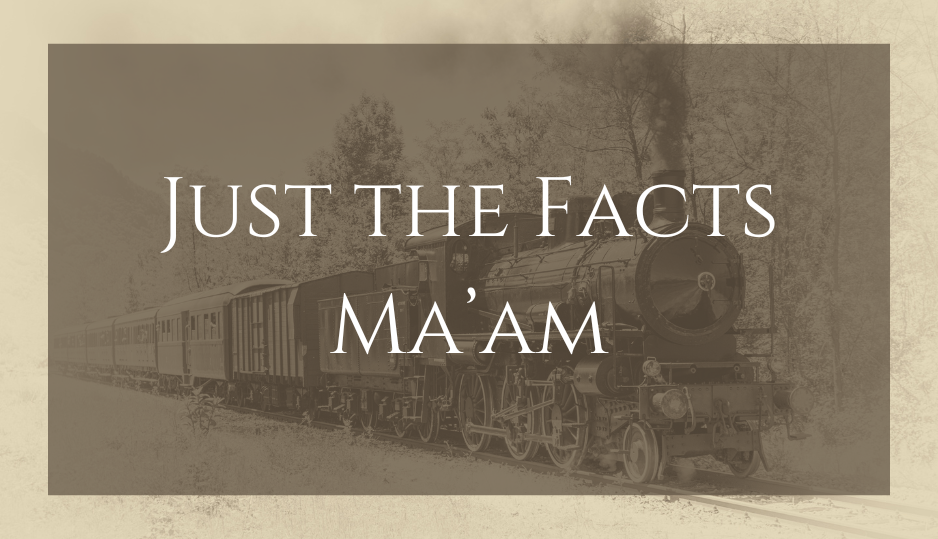My fascination with the railroad system has grown since I moved to Tennessee seven years ago. One reason is that for the first time in my life, I hear train whistles every night. Okay, they wail during the day, too, but for some odd reason, I don’t notice them as much.
As I shared in my last post, the train whistle dredges up a sense of melancholy in me—or maybe it’s a connection with nostalgia. I’ve always been a romantic at heart, which sometimes makes me a sentimental sap.
Another reason the railroad piqued my interest is that the first church friends (aka family) my husband and I made here in Tennessee were Kenny and Jackie Barnes. Kenny’s entire career was with the railroad. His passion for every aspect of it and the hilarious stories he shares have made me a fan.
When I decided to put the railroad as a backdrop to my newest series, I had no idea of the scope of this operation. Since railroads have been a part of American history for almost two hundred years, the vastness of the system would lend itself to historical fiction (or romance), which I will admit calls to me on some level.
Although the first intercity railroad (Baltimore and Ohio) in the United States was only a 13-mile stretch completed in 1830, there were more than 9,000 miles of railroad operating by 1850. That might not seem like much in our fast-paced, techno-savvy culture, but considering the labor involved to lay the tracks alone boggles my mind.
There are now over 600 railroads operating somewhere in the neighborhood of 140,000 miles of tracks. Did you know that trains are environmentally efficient? In fact, they’re three times more fuel efficient than trucks because one train can carry the same amount of freight as 300 trucks, and yet, they don’t clog up the highways. Stop for a moment and let that sink in. One train versus 300 semis.
According to up.com, “Railroads can move one ton of freight more than 480 miles on a single gallon of fuel, generating a carbon footprint of up to 75% less than (emphasis mine) trucks and making them the most fuel-efficient way to move freight over land.” For a deeper dive into how that translates to the average person, click on the link above.
Here is another interesting fact I’d never considered before delving into some research: Unlike our highways and public roads that depend on our taxes to build and maintain, freight railroads use no government assistance to build, maintain, or operate their infrastructure. So, not only are they saving us emissions, in a roundabout way, they’re saving us money, too.
Despite its growth, the railroad has taken quite a few hits, as well. During the Great Depression, the rail industry decreased by 50% from 1928 to 1933. This continued to be a struggle for them, and many were in financial trouble by World War II.
It didn’t help that federal funding went into the construction of interstate highways, thereby deterring fewer passengers from using the rail system for transportation.
Here is a tidbit of information I found interesting: the rail industry drove the need for time zones. Back in the day (1880s to be more precise), rail travel was increasing. The problem with scheduling occurred because most US towns used “high-noon” as a way of keeping time—when the sun reached its highest point in the sky. However, high-noon in Nashville isn’t the same as high-noon in Los Angeles or New York.
The US railways got together to create a standard system. They split the country into five time zones: Eastern, Central, Mountain, Pacific, and what is today known as Atlantic (previously called Intercontinental). The railroad companies fixed their schedule according to this new system, although it didn’t become “official” until almost 35 years later.
When I told Kenny my new series would have the railroad as a backdrop, he gave me five, quite long, books on the history of the rail system. Had I been writing historical fiction (or a thesis), they would’ve been helpful. All this to say, there is so much more to the railroad than I can share with a few blog posts. However, I hope when this series is finished, you’ll have more appreciation (and knowledge) than when I first started.
Next week, I’m going to give you a little lesson on whistle “language.” You didn’t really think the conductor blew whistles at random, did you?







